Potrebujeme váš súhlas na využitie jednotlivých dát, aby sa vám okrem iného mohli ukazovať informácie týkajúce sa vašich záujmov. Súhlas udelíte kliknutím na tlačidlo „OK“.
ASTM B839-04(2014)
Standard Test Method for Residual Embrittlement in Metallic Coated, Externally Threaded Articles, Fasteners, and Rod-Inclined Wedge Method (Withdrawn 2021)
Automaticky preložený názov:
Štandardná skúšobná metóda pre Zvyšková krehnutí pokovované, s vonkajším závitom články, Spojovacie, a Rod-naklonený Wedge Metóda
NORMA vydaná dňa 1.5.2014
Informácie o norme:
Označenie normy: ASTM B839-04(2014)
Poznámka: NEPLATNÁ
Dátum vydania normy: 1.5.2014
Kód tovaru: NS-8348
Počet strán: 4
Približná hmotnosť: 12 g (0.03 libier)
Krajina: Americká technická norma
Kategória: Technické normy ASTM
Kategórie - podobné normy:
Anotácia textu normy ASTM B839-04(2014) :
Keywords:
hydrogen embrittlement test, metallic coated, residual embrittlement test, testing threaded articles, threaded fasteners, threaded rod, ICS Number Code 21.060.01 (Fasteners in general)
Doplňujúce informácie
| Significance and Use | ||||||||||
|
5.1 The use of this test method can significantly reduce the risk of sudden catastrophic failure of threaded articles and fasteners, below their design strength, due to hydrogen embrittlement. |
||||||||||
| 1. Scope | ||||||||||
|
1.1 This test method covers the determination of, on a statistical basis, the probability of the existence of hydrogen embrittlement or degradation in: 1.1.1 A batch of barrel electroplated, autocatalytic plated, phosphated, or chemically processed threaded articles or fasteners and 1.1.2 A batch of rack plated threaded articles, fasteners, or rod. 1.2 Industrial practice for threaded articles, fasteners, and rod has evolved three graduated levels of test exposure to ensure reduced risk of hydrogen embrittlement (see Section 1.3 This test method is applicable to threaded articles, fasteners, and rod made from steel with ≥1000 MPa (with corresponding hardness values of 300 HV10 kgf, 303 HB, or 31 HR1.4 This test method shall be carried out after hydrogen embrittlement relief heat treatment in accordance with the requirements of Guide B850. It may also be used for assessing differences in processing solutions, conditions, and techniques. This test method has two main functions: first, when used with a statistical sampling plan it can be used for lot acceptance or rejection, and second, it can be used as a control test to determine the effectiveness of the various processing steps including pre- and post-baking treatments to reduce the mobile hydrogen in the articles, fasteners, or rod. While this test method is capable of indicating those items that are embrittled to the extent defined in Section 3, it does not guarantee complete freedom from embrittlement. 1.5 This test method does not relieve the processor from imposing and monitoring suitable process control. 1.6 This test method has been coordinated with ISO/DIS 10587 and is technically equivalent. (1.7 This standard does not purport to address all of the safety concerns, if any, associated with its use. It is the responsibility of the user of this standard to establish appropriate safety and health practices and determine the applicability of regulatory limitations prior to use. |
||||||||||
| 2. Referenced Documents | ||||||||||
|
Podobné normy:
Historická
1.4.2008
Historická
1.4.2013
Historická
1.11.2013
Historická
1.11.2011
Historická
1.5.2011
Historická
1.12.2013
Odporúčame:
Aktualizácia technických noriem
Chcete mať istotu, že používate len platné technické normy?
Ponúkame Vám riešenie, ktoré Vám zaistí mesačný prehľad o aktuálnosti noriem, ktoré používate.
Chcete vedieť viac informácií ? Pozrite sa na túto stránku.



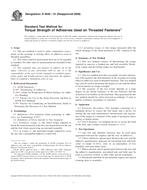 ASTM D5649-01(2008)..
ASTM D5649-01(2008)..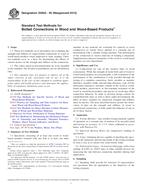 ASTM D5652-95(2013)..
ASTM D5652-95(2013)..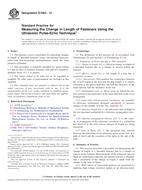 ASTM E1685-13
ASTM E1685-13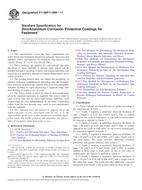 ASTM F1136/F1136M-11..
ASTM F1136/F1136M-11..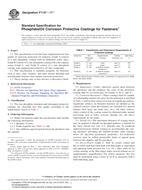 ASTM F1137-11e1
ASTM F1137-11e1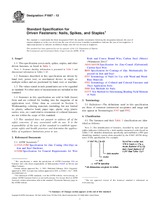 ASTM F1667-13
ASTM F1667-13
 Cookies
Cookies
